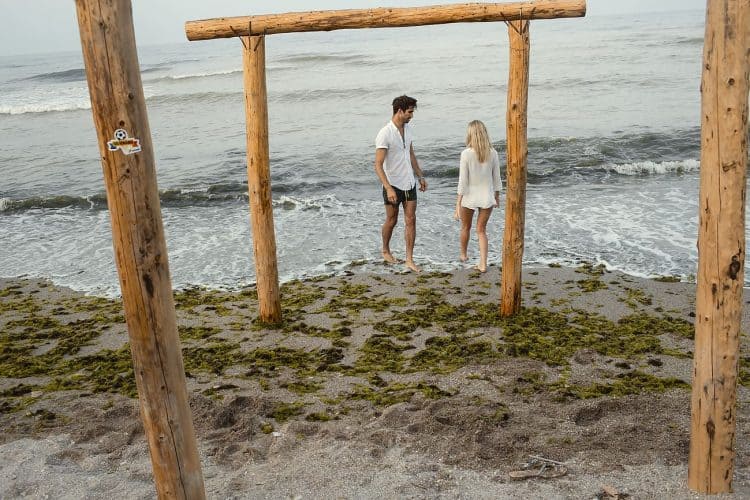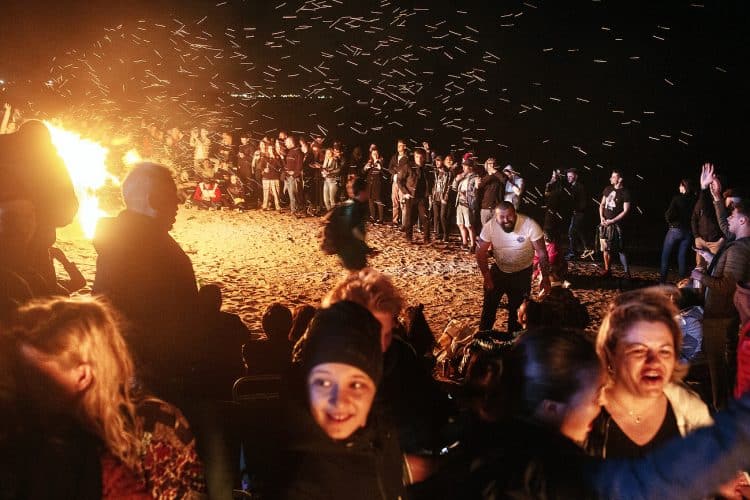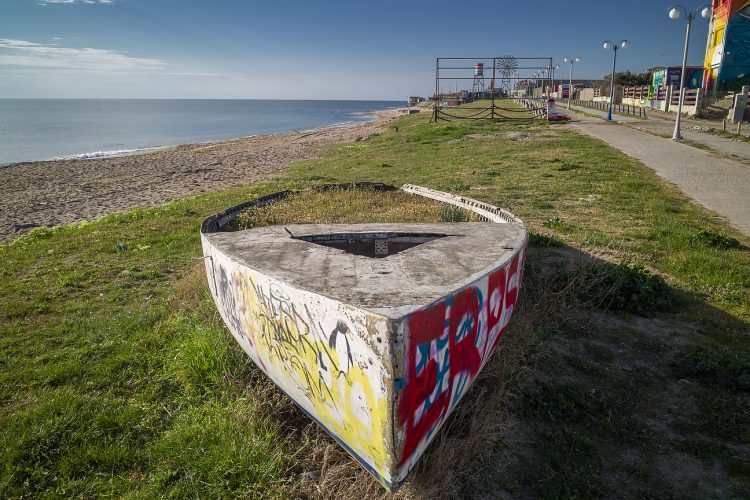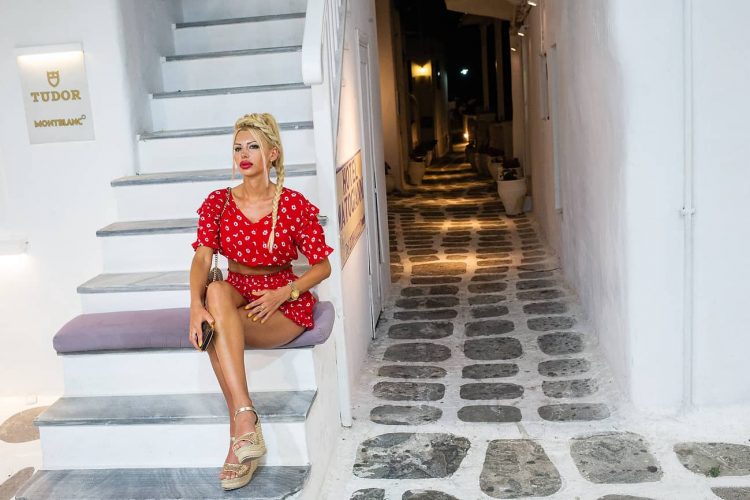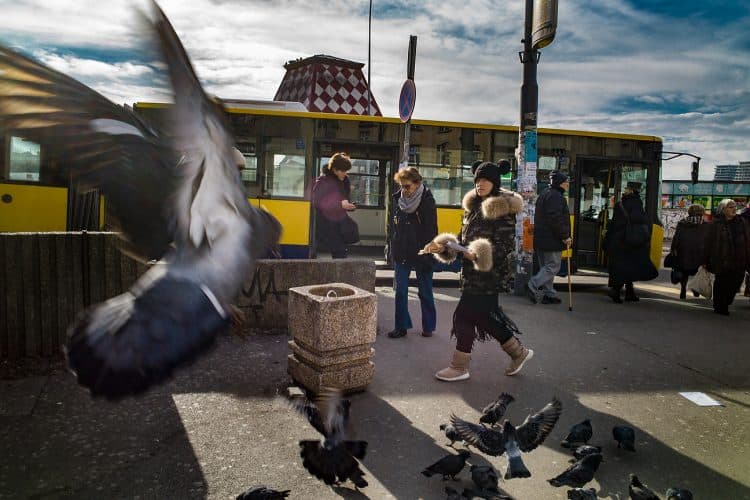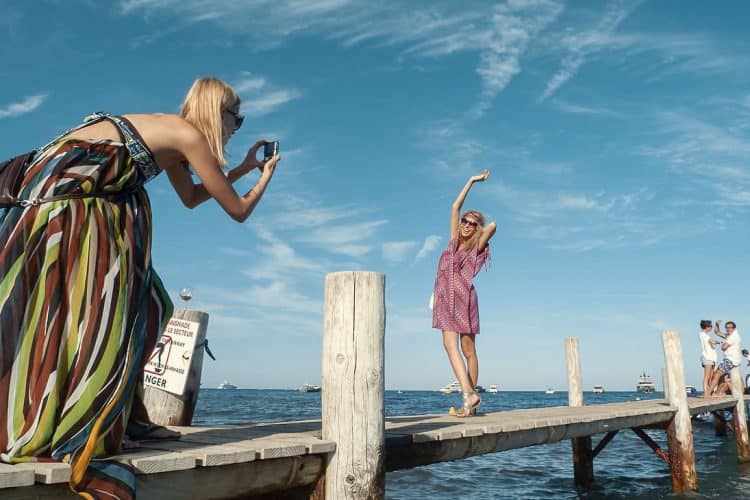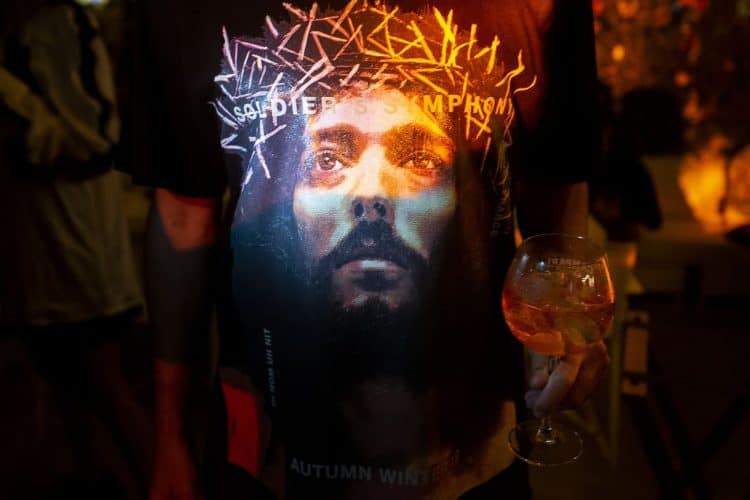During the communist era, young intellectuals managed to transform Vama Veche into a last bastion of freedom. Initially, the feeling of freedom was mixed with that of isolation. Cut off from other resorts and undeveloped, just 1 km from the Bulgarian border, Vama offered young people a sense of escape and intimacy.
Keeping proportions, the bohemian spirit born from encounters with intellectuals, the films made here, remind one of the story of St. Tropez, another fishing village on the French Riviera, which became famous after meeting with actors from Hexagon.
A tent, drinks, and a guitar were the ingredients that transformed the beach into a mythical, transcendental space. Only in Vama “Sex on the beach” wasn’t just the name of a drink but a promise that had every chance of becoming a reality.
Everyone came to Vama for their own reasons. However, Vama offered everyone a sense of camaraderie, low prices and lack of formalities.
During that time, the common experience was given by the sleepless nights, on the beach, in the light of the fire and preferably to the chords of Romanian songs or international repertoire.
This lack of formalities in the most closed form of society created a sense of belonging to a group for tourists. Thus, the “vamaioti” appeared.
Not even the “vamaioti” were all equal. Some were happy that they could sing a Beatles song, others that they could tell a joke. Most were happy that they could drink and walk around naked. You were considered a rebel for that. In the 70s and 80s, to be considered a rebel without risking ending up in the basements of the security was a badge of honor.
After 1989, when it seemed that freedom belonged to us all, Vama Veche lost some of its charm. Through Romania’s repositioning, Vama Veche remained without identity.
The lack of an adequate urban plan and a coherent strategy made the place gradually perceived as a cheap experience, destined for the misunderstood, without resources, or for the corporates seeking self-discovery, and the experience with ayahuasca from Peru is still too distant a dream.
